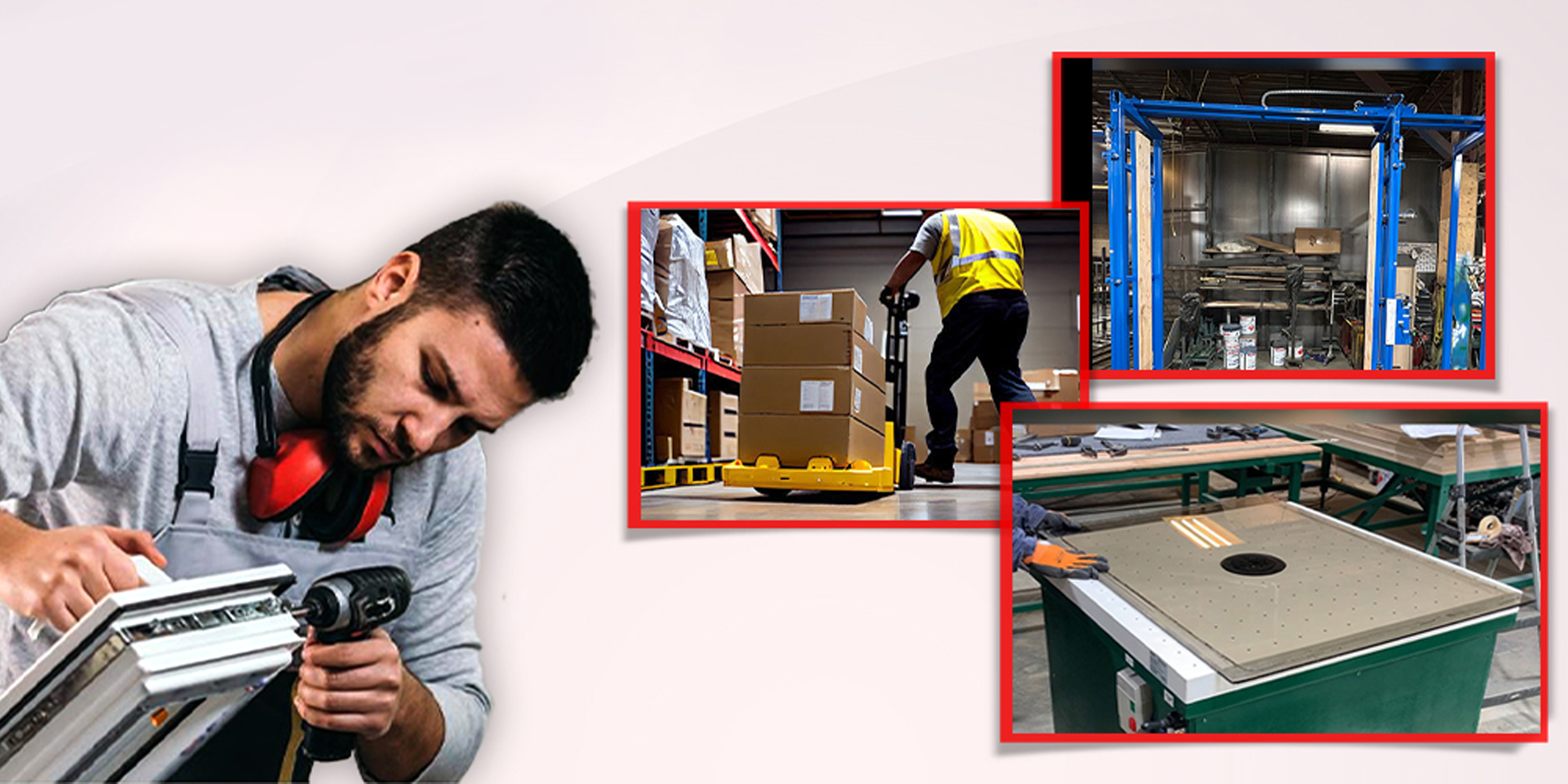Each product you are currently looking around you, be it a mug, chair, or gadget, started as an idea. The most challenging part is turning an idea into reality. Both designers and manufacturers have to deal with challenges, including –
- Picking the right materials
- Making sure designs work in real life, and
- Producing efficiently without wasting time or money
But the good news is, most challenges can be sorted with smart planning, the proper tools, and creative problem-solving. Sometimes it’s simple, and sometimes it’s advanced solutions like custom metal fabrication, which allows for precise, tailor-made parts. This article will explore easy, practical ways to tackle design and manufacturing challenges.
Start with a Clear Plan
It is planning only that makes everything easier. Don’t even think of starting the project without asking yourself –
- What’s the end goal?
- What material will work best for the specific project?
- Are there any parts that might cause issues?
Even the smallest detail matters. If there are no proper plans, mistakes will happen, and it will cost both time and money.
Pick the Right Materials
One of the best and simplest things you can do to avoid major issues is to choose the right materials for your project. Sometimes the project demands strong metals, the other times it needs lightweight or flexible options.
- Custom metal fabrication helps in catering to parts that standard pieces can’t. This ensures that every part is perfectly suited for its job.
- The right materials can help in preventing bending, breaking, or early wear, which is sure to save frustration and money later.
Tip: Always consider the environment. Outdoor metal furniture, for example, needs corrosion-resistant metal. Indoor pieces may prioritize design and style.
Use Technology to Your Advantage
Modern tools make difficult projects much easier. Things like 3D modelling software and CNC machines let designers catch problems before anything is physically made.
- 3D models show how parts fit together and reveal weak spots.
- Automated machines make precise cuts and shapes.
- Custom metal pieces can be created exactly as planned, reducing trial and error.
Real-life scenario: A small workshop used 3D modelling to check a custom metal staircase design. They found weak support before cutting any metal. Fixing it digitally saved them weeks of work.
Collaborate and Communicate
No one solves challenges alone. Sharing ideas with your team makes a huge difference.
- Talk through problems with designers, engineers, and manufacturers.
- Share sketches, blueprints, or digital files.
- Regular check-ins prevent miscommunication and waste effort.
Even a small team benefits. A fresh perspective often sparks simple solutions that might otherwise be overlooked.
Example: In one project, an engineer noticed that a metal bracket design would fail underweight. Thanks to a quick team discussion, they redesigned it before production, saving costs and time.
Test Early and Often
Testing is extremely important. When you test small versions or prototypes, you are sure to identify mistakes before full production.
- Sample pieces reveal weak points.
- Helps refine measurements or materials.
- Crucial for custom metal fabrication, where precision is key.
Story: A company making custom metal gates first produced a small prototype. The hinge alignment was off by a few millimeters, which could have caused huge issues later. Catching it early avoided a costly mistake.
Keep Learning and Adapting
Every project comes with surprises. The best way to handle them? Stay flexible.
- Explore new materials or techniques.
- Adjust designs when necessary.
- Learn from past projects for smoother future processes.
Workshops that embrace learning adapt faster and deliver better results.
Tip: Attend industry events or follow new technology trends. Even small innovations can make a big difference in solving challenges efficiently.
Think Ahead for Maintenance
Smart design doesn’t stop at production. Consider the long-term usability of your product.
- Make products easy to maintain or repair.
- Use modular pieces so worn parts can be replaced without scrapping the whole item.
- Custom metal parts can be designed for durability and easy replacement.
Example: A company building custom metal furniture designed panels that could be replaced individually. Customers could easily swap a worn part without buying an entirely new piece.
Keep It Simple
Simplicity is powerful. Overcomplicating a project often leads to mistakes and delays. Focus on:
- Function: Does it serve its purpose?
- Durability: Will it last?
- Usability: Is it easy to use?
Even with custom metal fabrication, a clear and simple design often outperforms overly complex solutions.
Tip: Ask yourself, “Can this be done more simply?” Often, the answer saves time, money, and stress.
The Bottom Line
Design and manufacturing challenges are normal, but completely solvable. By:
- Planning carefully
- Choosing the right materials
- Using modern tools
- Collaborating openly
- Testing early
- Staying flexible
- Thinking long-term
- Keeping things simple
…you can turn ideas into strong, functional products without headaches.
Custom metal fabrication shows how tailored solutions make a huge difference. It allows you to create unique, precise, and durable parts that standard solutions can’t provide.
At the end of the day, smart problem-solving isn’t just about finishing a project; it’s about doing it efficiently, creatively, and in a way that lasts.

